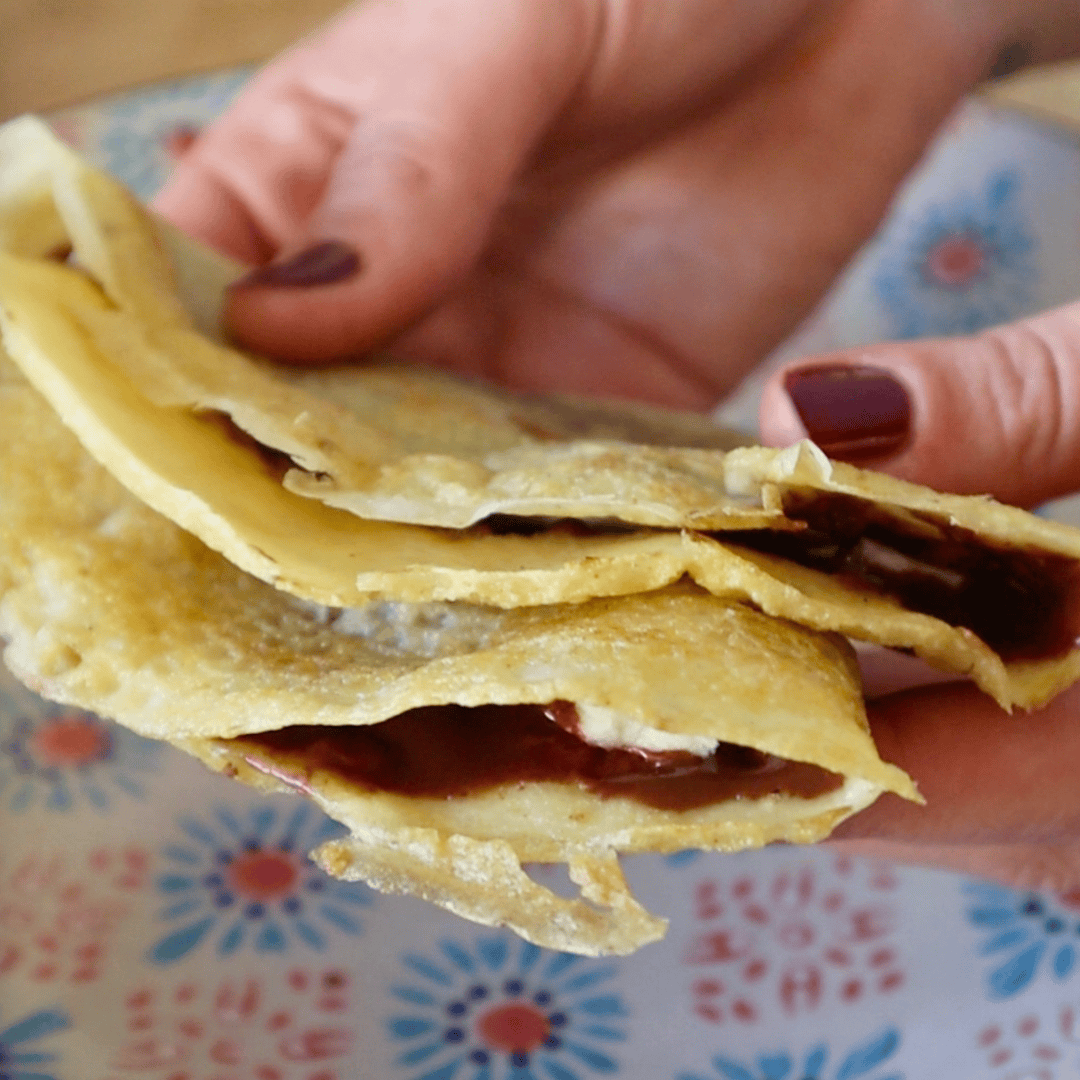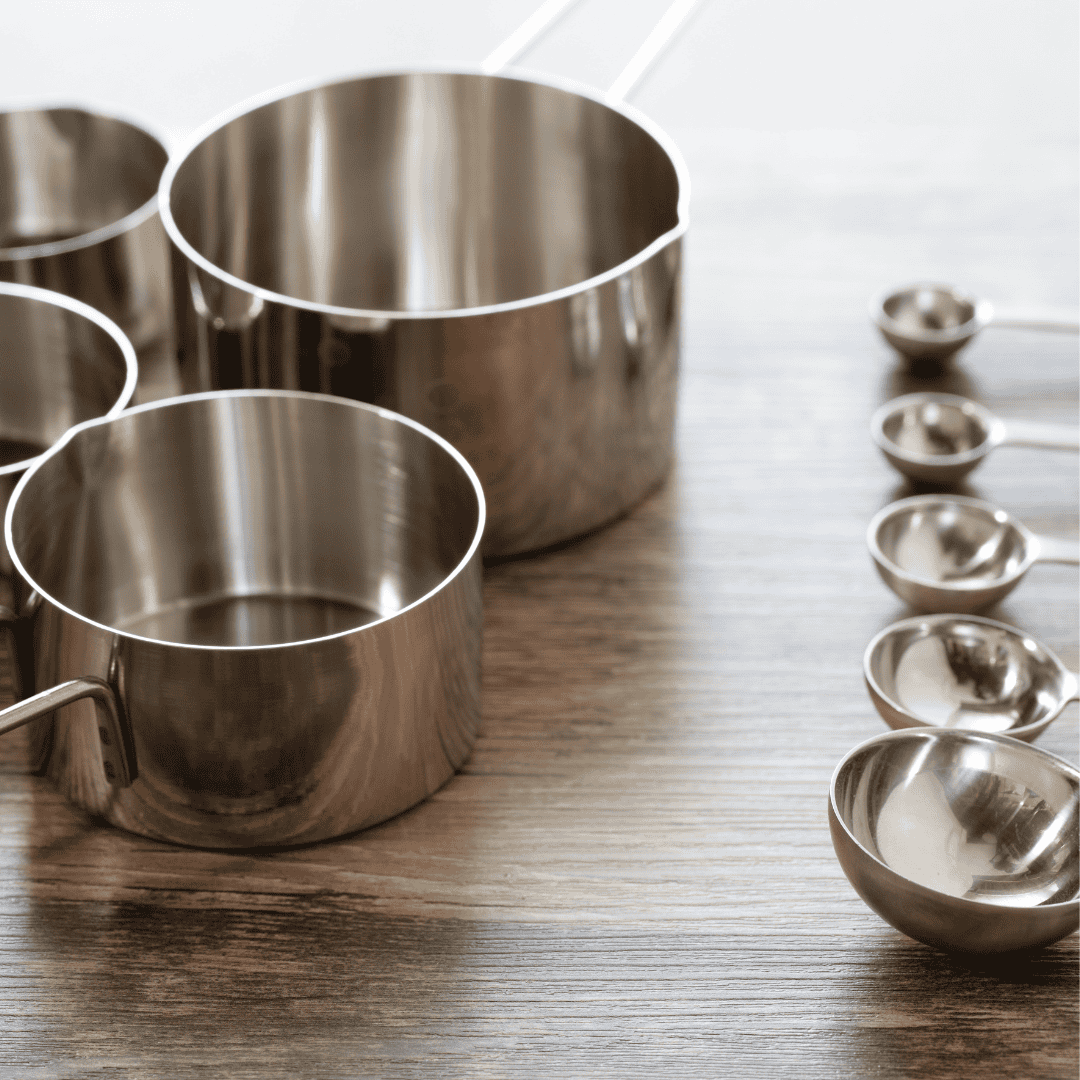Have you run out of chili flakes and wondering how what you can substitute them with? Look no further! Here is a list of all the best chili flakes substitutes, that you might just have in your cupboard.
What are chili flakes and how are they used?
Chili flakes are dried and crushed chilis, usually from one type of chili. They are a staple in many kitchens all over the world. They’re used to add heat and depth of flavor to a wide range of dishes.They’re great way to add a kick while you’re cooking things like stews, chilis, or curries.

Are chili flakes and red pepper flakes the same thing?
They’re not. Chilli flakes are made of just one type of chilli, whereas red pepper flakes blend several types of chillis. Red pepper flakes might also be more spicy, due to the mix of peppers of different heat used.
Chili Flakes Substitutes
No matter what you choose, replicating the exact taste and especially the texture of red pepper flakes might be hard. It is a unique product in the way it delivers pops of heat so it’s best to not expect perfection.
In this article, you’ll find the 10 best chili flakes substitutes to use in your recipes.
1. Dried Chili – Make your own chili flakes

While not everyone has dried chili peppers stashed away in their cabinets, if you do, creating your own chili flakes from dried chili is a simple process. Put the peppers in a food processor (without the stems) and pulse a little bit to create your flakes, you don’t want to blend them into a powder. This handmade product can replace the store-bought product exactly, but use less in your dishes if you’re unsure of how spicy your dried peppers are.
2. Red Pepper Flakes

Red pepper flakes, which are frequently located in the same aisle as the chilli flakes, are among the closest alternatives to chilli flakes. Red pepper flakes can easily take the place of chilli flakes in most recipes, offering a similar level of spiciness and brightness, despite some taste differences.
Red Pepper Flakes are made with Poblano and cayenne peppers, which are hotter than chili peppers. Therefore, , start with a tiny amount of crushed red pepper flakes and adjust to taste.
3. Chili powder

Chili powder is made of ground chili peppers, combined with additional spices like cumin, paprika, garlic, and oregano. It is used to flavour and heat up a variety of foods, like vegetable chilli and fajitas.
It can still be used in place of chilli flakes even though it has a different flavour profile. Because chilli powder is combined with other spices, it is usually milder than chilli flakes.
To get the right amount of spice, use more chilli powder than the recipe calls for for red chilli flakes. To start, use around twice as much, and then taste as necessary.
A main difference in the use of the powder, is that it should be fired off at the beginning of cooking, instead of added at the end.
4. Cayenne powder

Cayenne powder is a very common spice, so it’s probably one of the easiest of the options to find among this list.
Cayenne powder is made with dried cayenne peppers that are turned into a powder. Its flavour is intense, powerful, and spicy, and it gives dishes more heat than chilli flakes.
The flavour of ground cayenne pepper is richer and more potent than that of chilli flakes. Use less cayenne powder than chilli flakes because of the concentrated flavour. Start with half the amount of chili flakes called for in a recipe.
While red pepper flakes or chilli powder work better as a topping for dishes like this vegetarian fajita bowl, ground cayenne pepper powder is preferable for blending into food. For this reason, it is so far more difficult to eliminate cayenne pepper, unlike chili flakes that can be removed.
5. Chili paste

Made from various powdered chilli peppers, chilli paste is a thick, smooth concentrated paste that is frequently combined with other ingredients including vinegar, garlic, and other seasonings. It offers a rich, bold flavor and a fiery kick that makes it an excellent substitute for chili flakes in many recipes. The thick consistency of chili paste allows it to adhere well to ingredients, infusing dishes with intense heat and depth of flavor.
Whether stirred into sauces, marinades, or dips, or used as a flavorful spread on sandwiches and wraps, chili paste adds complexity and spice to a wide range of dishes. Its versatility and potency make it a worthy alternative to chili flakes, particularly for those seeking a more concentrated heat and robust chili flavor in their cooking.
Depending on the kind of chilli peppers used, certain chilli pastes are moderate, while others are quite spoicy. If the chilli paste is mild, you can replace the chilli flakes with it in a 1:1 ratio. Use less or dilute the spicy chilli paste with some water or oil.
6. Chili oil

Another option to chilli flakes is chilli oil, which is created by soaking oil in dried chilli peppers. It gives food a deep, savoury flavour in addition to adding heat. To add more depth and spice to stir-fries, salads, or noodle meals, drizzle them with chilli oil.
It is frequently used to add spice and depth to meals in Asian cuisines, especially in Chinese, Thai, and Korean cooking.
Because chilli oil is concentrated, its effects tend to be more intense and quick. While chilli flakes mostly add texture and simple heat from the chilli, chili oil also adds a subtle richness and depth of flavour from the aromatics and infused oil.
8. Fresh chili

Fresh chilies are a great replacement for chilli flakes for people who prefer to use fresh ingredients. Fresh chilies, whether jalapeños, serranos, or habaneros, can be diced or sliced and added to recipes for a colourful kick of heat.
Compared to chilli flakes, the flavour of fresh chillis is more complex. Depending on the variety of fresh chillis used, the degree of spice can change. It is therefore important to adjust to your preferred level.
For example, Poblanos are mild to medium-hot, habaneros are very hot, serranos are medium-hot, and jalapenos are mild. Although there are also different heat levels for chilli flakes, they are usually not as spicy as the same variety of fresh chili.
9. Hot Paprika

Ground dried chilli peppers and paprika are used to make hot paprika. It is therefore a mix of majority percentage of paprika and a minty of chili , usually cayenne pepper.
Hot paprika is sweet and smokey and it gives food depth without overpowering the other flavours.
The heat level of hot paprika can vary depending on the type of chili peppers used and the ratio or paprika to chili used. Therefore, it is important to taste and adjust to your own preference.
FAQs
Can I use paprika instead of chili flakes?
Not really. You can use hot paprika instead of chili flakes, but not regular paprika.
Regular paprika is often made from sweeter peppers, provides color and a mild taste without much heat. Hot paprika is made from paprika mixed with chili, so that can be used instead of chili flakes. The heat might vary based on the types of chili and ratio used, so always start with a little and adjust to taste.
Are chili flakes and red pepper flakes the same?
They’re not. Chilli flakes are made of just one type of chilli, whereas red pepper flakes blend several types of chillis. Red pepper flakes might also be more spicy, due to the mix of peppers of different heat used.









